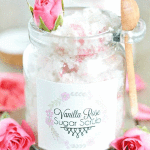If you’ve just started with dance lessons or are about to, you probably got the idea of just how important having the proper gear is for mastering all the techniques. The appropriate footwear, tights, and leotards play their part in this. However, skirts have their role in allowing free movements and boosting performance.
Why Are Dance Skirts Important?
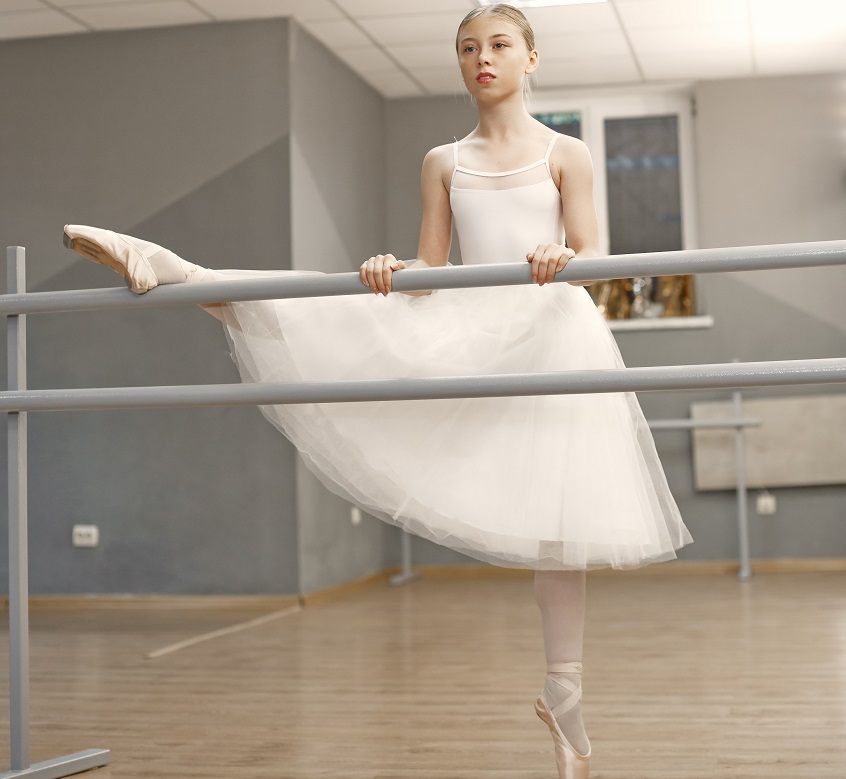
It’s true when it comes to necessary dance wear, some schools don’t consider them mandatory like a good pair of tights and leotards would do. Yet if you care about getting ready for competitions and stage performance later on as you progress, you’d consider them as crucial equipment like the rest.
Skirts are decorative garments that are the stars of stage shows, and they can enhance dancers’ self-esteem, plus help them get into dance mode as soon as putting them on. Further, they can offer a unique way to personalise a dance outfit that’s already defined by a strict dress code. Also, they are essential for teaching a dancer how to focus on the movements without getting distracted by long clothes or their fabrics.
Beginner dancers benefit from this and I don’t have to point out how useful this can be for stage moments. Okay, now that you know just how crucial it is, check the different types of dance skirts you can find at specialised dance stores and choose according to your specific dance and requirements. Some of the options you’d come across are:
Tutu Skirt
A tutu is a short and fluffy skirt that we associate with no other dance but ballet – its purpose is to accentuate the visual effect of the dance movements. It consists of various layers of tulle, which can be stiffened silk, rayon, or nylon fabric, with the ultimate layer ornamented with beads, sequins, or faux jewellery. The number of layers indicates whether it’s a classical or romantic tutu, with the first consisting of up to ten layers for volume and the latter of up to five for a subtle appeal.
Even though it’s available in different designs, it’s most commonly short. Since it doesn’t usually go over the knees, it’s a ballet skirt designed to show off the ballerina’s legs which gives teachers the needed insight into whether or not she’s doing the correct movements and techniques. They can also evaluate form, grace, posture, and position.
Wrap Skirt
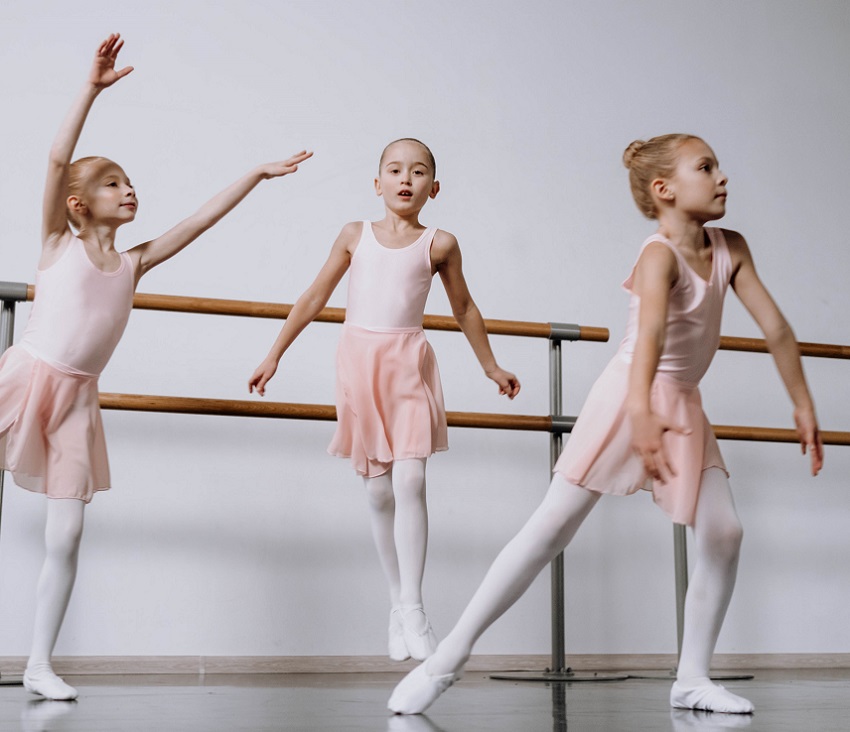
The reason this skirt is named wrap is because of the way it’s worn – wrapped and tied around the waist. There are some variations of the design and fabric, though the typical model is made from transparent materials like chiffon to allow teachers to have a good look at the leg movements. Some more elegant options include lace detailing.
You’re also going to love it because it’s available in a variety of colours and patterns. Most commonly used in ballet classes, this useful dance skirt can come in handy with other dances, as in the case of jazz dancing and other genres. In terms of length, it varies from very short to mid-thigh.
Rehearsal Skirt
As you may guess by the name, this type of dance skirt is designed for rehearsals. It’s a form of an elasticated waistband wrap skirt made from chiffon and it slightly falls over the knees, offering an elegant look even for class. Although it’s used before a performance by ballerinas, other dancers may use it for practice too.
Pull-On Skirt
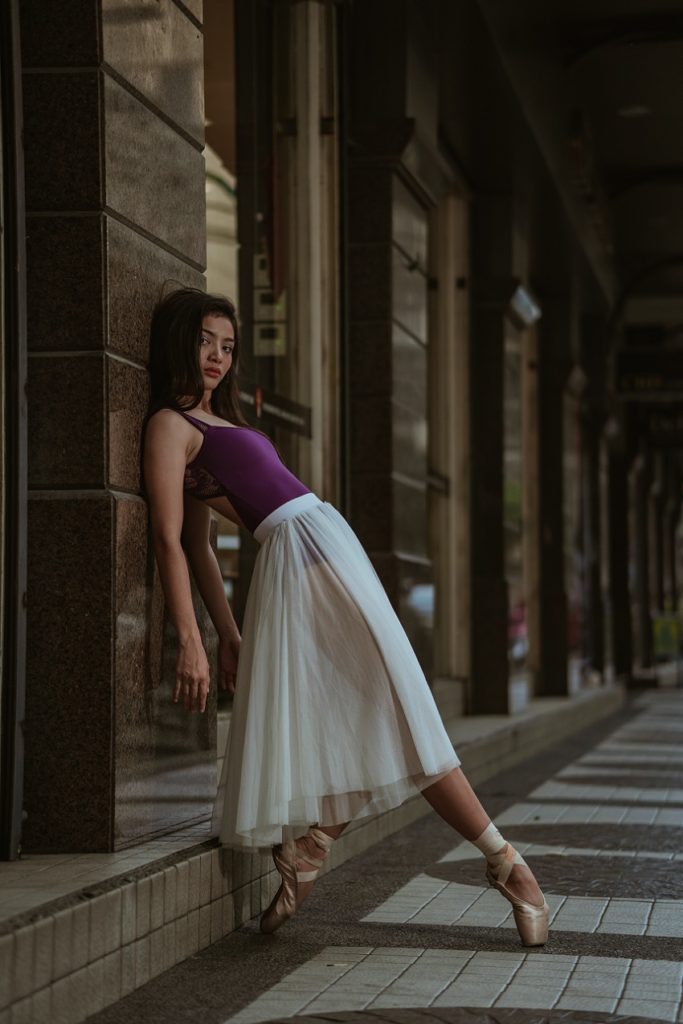
It’s not uncommon for this type of skirt to resemble a wrap model because of the faux wraps though there are designs with solid fabric also. Due to its versatility, like the varieties of fabrics it can be made from (e.g. chiffon, nylon, spandex, cotton), and the varieties of lengths, it’s fit for several dances among which ballet, jazz, and tap dance. It’s breathable and lightweight, offering breathability and comfort throughout the dancing.
Character Skirt
Several types of national or folk dances are considered to be “character” dances. A subset of classical ballet is ballet. When practising this style of dance, dancers wear a character skirt, which is recognisable by the vibrant ribbons sewn onto it and falls just below the knee.
Different lengths are possible, such as the long style worn during ballet courses and the knee-length choice worn during rhythm dances. Due to the circle that forms when the dancer performs a full swing, these dance skirts are also known as “circles.”
Latin Skirt
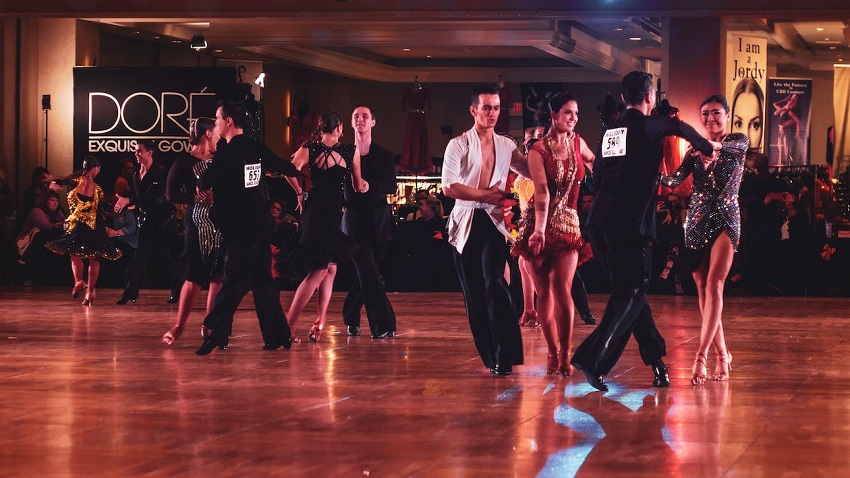
Latin dances coming from Central and South America and the Caribbean are known for their energetic vibes and quick movements. Not surprisingly, the skirts Latin dancers wear are designed to enhance the effect of these movements, so most often they are shorter with ruffles. However, this mainly depends on the type of Latin dance, as there are different models.
The flirty movements of cha-cha require something airy and flowy like a short dress with fringes, whereas the voluptuous movements of samba urge for a special type of tulle like a horsehair braid hem. Sensual rumba goes well with skin-tight or wraps skirts from sensual fabrics like silk.
Although jive originated in the 1930s as a swing dance in the US, it’s made its way to competition Latin-inspired dance styles so it’s natural to mention it here. To capture its uniqueness, dress for success like cabaret/burlesque dancers with lots of focus on short skirts with beads and fringes.


